
Juri Lotman was a prominent Russian-Estonian literary scholar, semiotician, and historian of Russian culture, who worked at the University of Tartu. He was elected a member of the British Academy (1977), Norwegian Academy of Science and Letters (1987), Royal Swedish Academy of Sciences (1989) and Estonian Academy of Sciences (1990). He was a founder of the Tartu–Moscow Semiotic School. The number of his printed works exceeds 800 titles. His archive which includes his correspondence with a number of Russian and Western intellectuals, is immense.
Biosemiotics is a field of semiotics and biology that studies the prelinguistic meaning-making, biological interpretation processes, production of signs and codes and communication processes in the biological realm.
Zoosemiotics is the semiotic study of the use of signs among animals, more precisely the study of semiosis among animals, i.e. the study of how something comes to function as a sign to some animal. It is the study of animal forms of knowing.
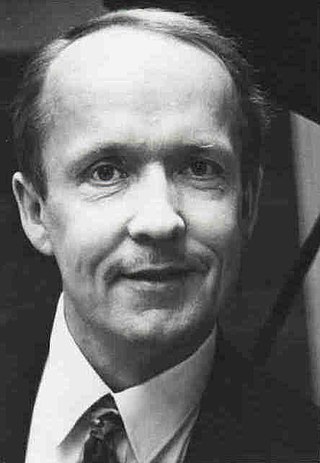
Eero Aarne Pekka Tarasti is a Finnish musicologist and semiotician, currently serving as Professor Emeritus of Musicology at the University of Helsinki. He has remarkably contributed to semiotics of music.

Kalevi Kull is a biosemiotics professor at the University of Tartu, Estonia.

Mihhail Lotman is an Estonian literature researcher and politician, son of Juri Lotman and Zara Mints.

Founded in 1938, the Estonian Academy of Sciences is Estonia's national academy of science in Tallinn. As with other national academies, it is an independent group of well-known scientists whose stated aim is to promote research and development, encourage international scientific cooperation, and disseminate knowledge to the public. As of March 2017, it had 77 full members and 20 foreign members. Since 15 October 2014, the president of the Academy is the mathematician Tarmo Soomere.
Jaan Puhvel is an Estonian comparative linguist and comparative mythologist who specializes in Indo-European studies.
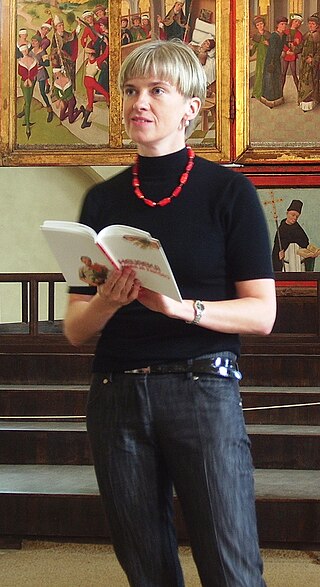
Maarja Kangro is an Estonian poet, short story writer, novelist, essayist, nonfiction writer and librettist.
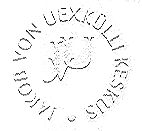
Jakob von Uexküll Centre is an Estonia-based organisation for the work with the legacy of biologist, philosopher and semiotician Jakob von Uexküll. The Centre owns the major archive of his works in the world.
Ecosemiotics is a branch of semiotics in its intersection with human ecology, ecological anthropology and ecocriticism. It studies sign processes in culture, which relate to other living beings, communities, and landscapes. Ecosemiotics also deals with sign-mediated aspects of ecosystems.
Copenhagen–Tartu school of biosemiotics is a loose network of scholars working within the discipline of biosemiotics at the University of Tartu and the University of Copenhagen.
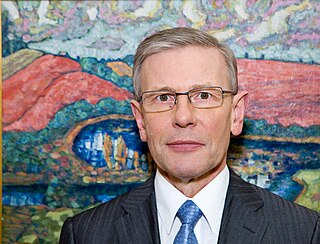
Enn Kunila is an Estonian entrepreneur and art collector.

Liis Koger is an Estonian painter and poet based in Tallinn.
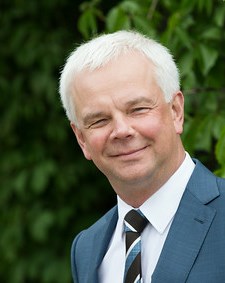
Jüri Käo is one of the managers and shareholders at NG Investeeringud, which is an industry, retail trade and real estate investment group based on Estonian private capital and employs more than 4300 people.

Kai Aareleid is an Estonian prose writer, poet and translator.
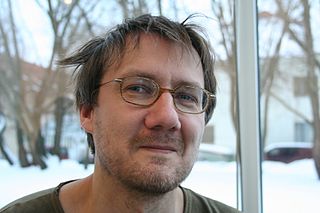
Kalju Kruusa is an Estonian poet, editor and translator.
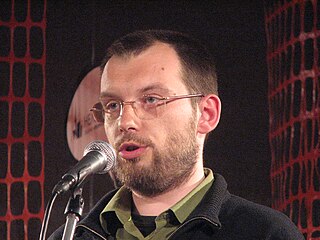
Aare Pilv is an Estonian poet, literary scholar, translator and critician.

Lauri Sommer is an Estonian writer, literary scholar, translator and musician.
Varro Vooglaid is an Estonian lawyer, social activist, and politician. He is a member of the XV Riigikogu.














